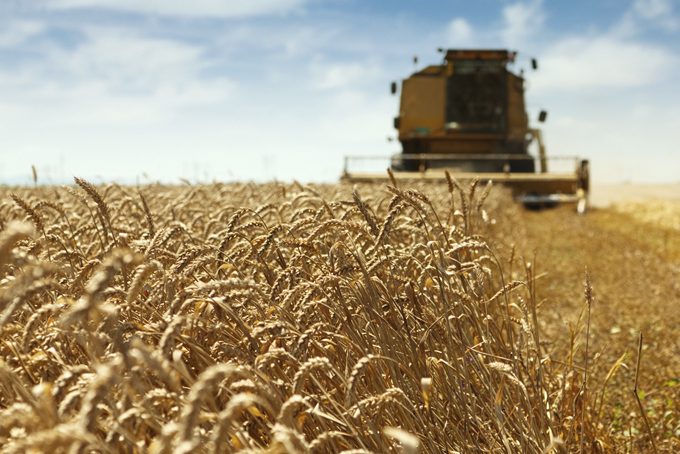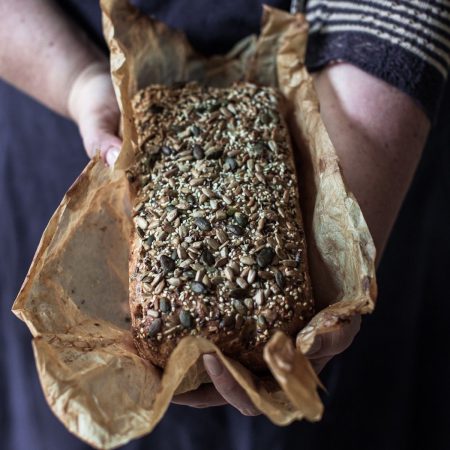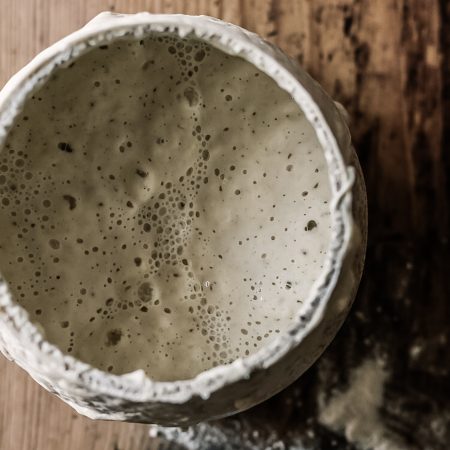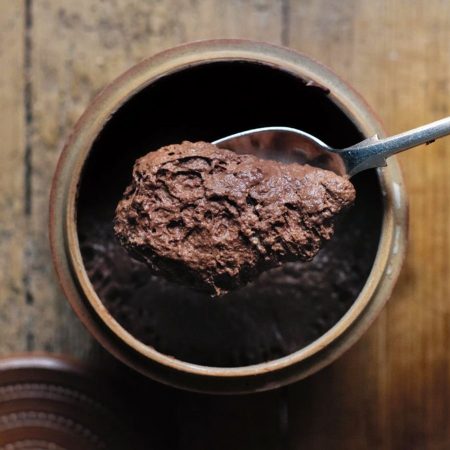
As the summer wanes and the crisp, cool autumn air is in the breeze, the process of harvesting the new season’s grain crops for flour is under way. Around the world there are a multitude of traditions and festivities dedicated to celebrating autumn’s harvest and the preparations to be made for the long, dark winter ahead. In Canada, where I’m from, Thanksgiving occurs on the second Monday in October, and I have always considered this to be the harvest dinner. I wonder how many North American sourdough bakers will be up to the challenge of baking a pumpkin-shaped boule for their showstopping Thanksgiving tablescapes.
Have you ever wondered how grains, and the flours they make, change with each passing year?
Professional bakers are aware of when their wheat-flour supplier transitions from the previous year’s crop to the new season’s crop. This is because the flour composition from each crop varies, which impacts the performance of the flour in the bakers’ hands as well as the finished product. As the chef and hunter Hank Shaw put it, “we live in a world of debased grains fed to indifferent people… wheat bred for yield, not flavour”. With a more nutritious whole flour things are less predictable. Bakers have to develop a skill for understanding slight changes to their baking equilibrium and to find their way with the new harvest flour.
The amount of sun and the soil temperature affect the level of protein in the grain and resulting wheat flour. The enzymic load is also affected each year, meaning that flour ferments differently from harvest to harvest, affecting not only the rate of fermentation but the flavour imparted to the bread. The flour will behave differently because it is fresher, with a higher moisture content that means it absorbs less water. Hydration levels and fermentation timings are perhaps the most critical points of consideration when bakers are getting to know their flour again.
To many professional bakers the new harvest flour is an inconvenience. They will need to re-establish their relationship with their flour, and it may take time before they get a consistent bake. However, there are also many professional bakers, more often from smaller-scale bakeries, who meet the challenge of new flour with delight. They relish the diversity and are cautious about the potential impact their artisan breads have on their customers.
Milling the grains
There is also the issue of the wheat being ‘green’, or very fresh. It needs time to stabilize after being harvested. Many mills transition to the new crop in the heat of the summer as brand new wheat is a little green in terms of optimal milling quality. The miller has to look at several factors when dealing with new raw materials. How hard is it physically? How much conditioning of the grain is needed for ideal tempering? How hard shall we grind? Does the mill flow well with the new wheat? Is the capacity the same or not? Adjustments are required, and this takes
time. Hot weather also impacts how the wheat bolts (sifts) and can throw a change or two into the milling and baking performance.
The level of pre-harvest sprouting — where grains germinate prematurely while still in the field — greatly affects the quality of the flour a crop produces. This premature sprouting is driven by enzymes, especially alpha-amylase. In bread, too much alpha-amylase activity will cause a wet sticky crumb with large voids in the loaf, while too little causes dry crumbly bread and high loaf density. The Hagberg Falling Number test is used by the baking sector to measure the enzymic activity in wheat flour. A high Falling Number reading (reported as the number of seconds it takes for the test instrument’s stirring-rod to descend through a heated flour-and-water solution) indicates that the wheat is sound and satisfactory for most baking processes. A low Falling Number reveals that harmful sprouting has occurred and is suggestive of reduced baking quality.
Baking notes for mixing and proofing at home with new crop wheat flour
• Hold back some water. 20-50g is a good starting point.
• Bassinage with the held back water as needed
• Expect more activity and a faster rate of fermentation
• If you want to test how the new crop flour behaves, feed your starter or levain with the new crop flour and note its progress when compared with your usual flour




Leave a Reply